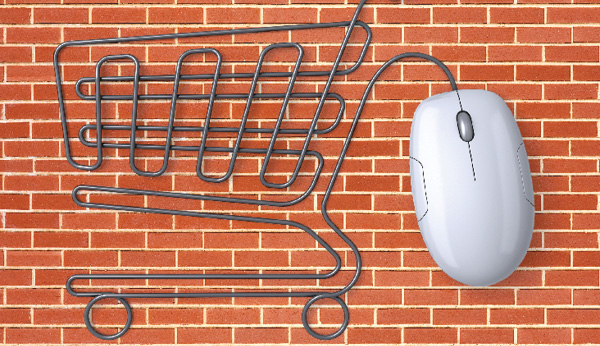Articles
Reverse Logistics

Rethinking Reverse Logistics for Online Apparel Returns
As virtual shopping bags replace physical ones, it’s important for retailers to update their policies and logistics strategies to align with consumer behavior and expectations. This is particularly the case when deciding how to handle apparel returns, which boast one of the highest return rates: One in three purchases are sent back. This trend, and […]
Read More
Three Returns Strategies for Improving Omni-channel Retail
Omni-channel retail involves much more than efficient order fulfillment. An easy returns policy is just as important—so much so that it can be the deciding factor for a purchase. That said, it’s one thing to enact a favorable returns policy, and quite another to execute it efficiently. Thanks to omni-channel expectations, shoppers want the ability […]
Read More
Dialing In to the Secondhand Smartphone Market
More than any other mobile device, our gadget-centric society loves smartphones. The next big thing is always right around the corner. And that’s the phone we want. This compelling trend has spawned a budding market for secondhand smartphones. Many consumers are content to chase the next product generation one or two years behind if it […]
Read More
Retailers Get Help With New DOT “Reverse Logistics” Rules
The U.S. Department of Transportation has finalized new shipping requirements aimed at retail stores that return hazmat products to a supplier or manufacturer for a refund. Because the hazmat products found in retail stores typically pose little risk to the public in small amounts, U.S. DOT has created a streamlined, simplified version of the hazmat […]
Read More
Saving Green While Going Green
While good for the environment, supply chain sustainability can also be good for the bottom line if incorporated into a company’s supply chain strategy. In the past, most companies were concerned primarily with forward logistics processes, and, to some degree, returning product to suppliers. Today, companies also focus on reverse logistics processes, not only from […]
Read More
Shedding Light on DIM Weight Returns
Volume shippers who send most of their goods to customers via parcel carriers know that a pound is not always a pound. Dimensional, or DIM, weight is a significant issue that can add up to millions of dollars in shipping expenses. For e-commerce shippers, customer returns are inevitable. Without a clear understanding and plan for […]
Read More
IT Asset Disposition Is the Future of Reverse Logistics
While forward logistics optimizes the flow of goods from the producer to the consumer, reverse logistics inverts that flow from the consumer back to the producer. Most often, this includes warranty recovery, value recovery, repair, redistribution, product recalls, used parts, and replacement materials for refurbishment, service, or product contract returns, and end-of-life recycling. In a […]
Read More
Don’t Just Liquidate, Seek Scalable Solutions
Relaxed return policies create a competitive advantage for retailers but can wreak havoc on reverse logistics. Each year, consumers return hundreds of billions of dollars in merchandise, most of which can’t go back on the shelf due to diminished item condition, damaged packaging, or product obsolescence. No matter the reason, that’s a significant amount of […]
Read More
Channeling the Brick and Click Dilemma
As e-commerce continues to transform consumer behavior, retailers explore hybrid omni-channel supply chain models that deliver the best that online and in-store have to offer.
Read More
How Non-Traditional Service Offerings Are Enhancing Supply Chains
Q: How do non-traditional supply chains differ from traditional supply chains? A: Traditionally, 3PL providers offered a specialized set of services focused around warehousing, order fulfillment, transportation and supply chain logistics. Today, several factors have driven 3PLs to non-traditional services that spread their influence further into the supply chain. Non-traditional supply chain services include various […]
Read More